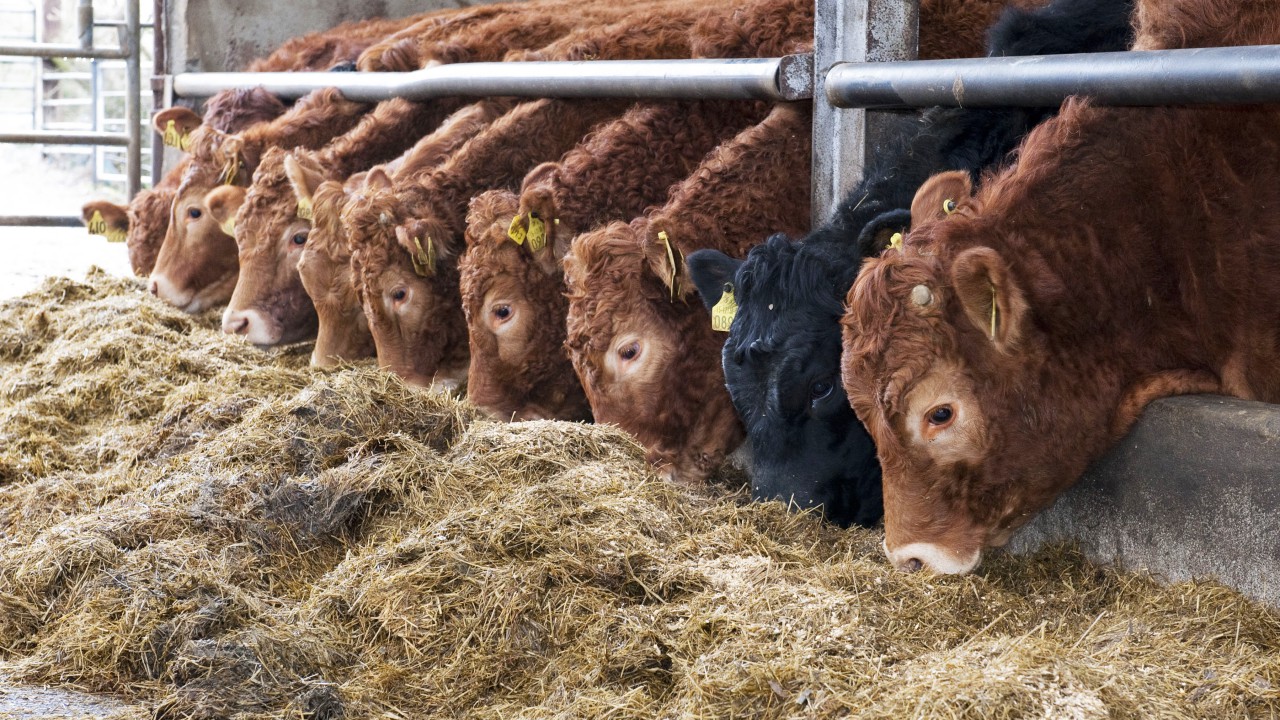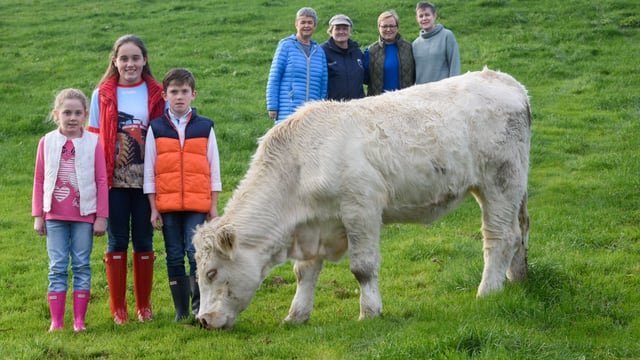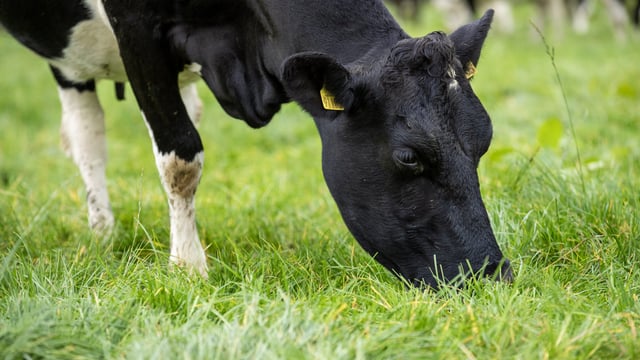Tips for treating parasites in cattle during winter housing
Anthelmintic treatment or 'dosing cattle' is generally carried out on most drystock farms when animals are being housed for the winter.
In its October newsletter, Animal Health Ireland's (AHI's) beef HealthCheck programme manager, Natascha Meunier, advised farmers to assess how effective their parasite control plan has been over the summer grazing period.
According to AHI, during housing, cattle will not pick-up any new worm or fluke infections, as these are picked up mainly during the grazing period.
With this in mind, an effective parasite treatment at housing can keep animals virtually free of worms and liver fluke until they are back on pasture in spring.
Taking a dung sample can be a useful way of identifying what internal parasites are present, if any.
While internal parasites (worms and fluke) in cattle should be treated if necessary, external parasites such as lice and mites can also become problematic over the winter housing period.
Animals with a burden of parasites will not perform as well, even if they have no clinical signs, so it is good practice to measure the performance of animals through growth rates, fertility, body condition scores or milk yield.
If animals are meeting their targets, then the parasite control plan is likely to be effective, but a review may identify areas for improvement or cost savings.
Health information at slaughter captured by the Beef HealthCheck programme has shown that some animals slaughtered in early spring had liver fluke present at slaughter.
These animals may not have been effectively treated at housing andprime cattle are likely to take an average of 33 days longer to reach slaughter compared to animals without liver fluke, according to AHI.The target parasites at housing are:
AHI offered the following tips to farmers on best practice in treating cattle for parasites at winter housing:
Many suckler farmers have taken part in the Beef Environmental Efficiency Programme-Sucklers (BEEP-S) and submitted a dung sample for testing before October.
It is important to note that this provides only a snapshot of the situation at that time, and it is good to discuss the results with your veterinary practitioner
For example, not seeing liver fluke eggs in a dung sample does not exclude the possibility that the cattle are infected with immature fluke that are not yet producing eggs.
The presence of rumen fluke eggs do not usually require treatment unless clinical signs are present.
Farmers that are unsure about the best course of action on livestock parasite treatment should talk with their veterinary practitioner.





